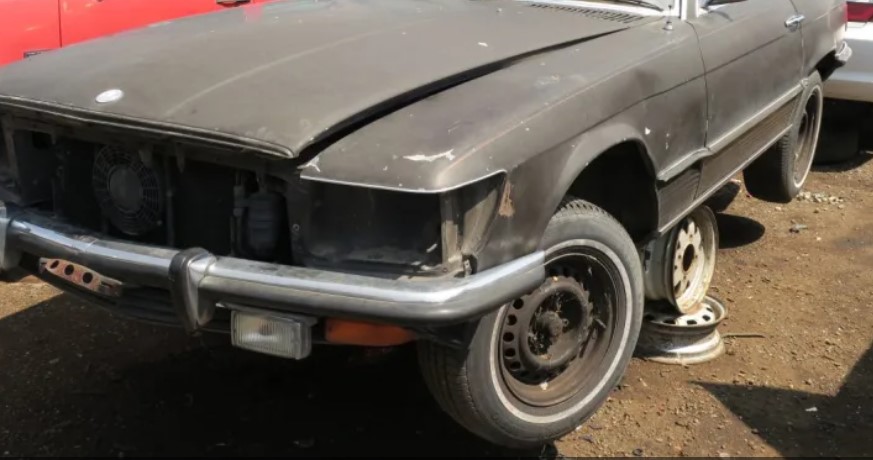The Mercedes R107 SL-Class, a symbol of timeless elegance and engineering brilliance, has earned a special place in the hearts of classic car enthusiasts worldwide. However, as these cherished classics age, some R107s may reach the end of their roadworthy life due to accidents, extensive wear, or other unforeseen circumstances. In such cases, breaking these vehicles for spare parts becomes a practical consideration to preserve the R107’s legacy. But the question remains – is it better to sell the whole R107 or piece it out? In this article, we explore the pros and cons of both approaches, helping classic car owners make an informed decision that aligns with their goals.
Breaking for Spares: A Responsible Approach to Legacy Preservation
Breaking an R107 for spare parts is a decision that classic car owners may find bittersweet. While it involves dismantling a cherished vehicle, it becomes a responsible approach to ensuring that the R107’s legacy endures. Salvaging usable parts from a non-operational R107 allows other vehicles to continue to roam the streets with authenticity and grace. By providing a supply of genuine components, the practice supports the continued maintenance and restoration of these iconic roadsters, preserving their historical accuracy.
Selling the Whole R107: Maximizing Resale Value
If an R107 is still in good running condition and holds a higher resale value as a complete car, selling it as a whole might be more financially beneficial. Well-maintained and operational R107s often appeal to collectors and enthusiasts looking for a turn-key classic car experience. Selling the entire vehicle simplifies the transaction process and may save time and resources, particularly if the seller is not interested in parting out the car themselves.
Meeting the Demand for Genuine Spare Parts
The demand for genuine spare parts for the Mercedes R107 remains significant among classic car enthusiasts and restorers. If the R107 has unique, rare, or highly sought-after components that are in demand, breaking it for spares may be more financially advantageous. Individual components can often command higher prices when sold separately due to their scarcity, allowing sellers to meet the needs of enthusiasts seeking specific R107 parts.
Time and Effort Considerations
Parting out an entire vehicle can be a time-consuming process. It involves dismantling, cataloging, and storing various components, which can require significant effort and space. Sellers need to consider the commitment involved in breaking the R107 and whether they have the expertise and resources to handle the process effectively. On the other hand, selling the whole R107 is a more straightforward transaction that may require less time and effort.
Emotional Attachment and Future Use
Selling the whole R107 may be more appealing for owners with a sentimental attachment to the vehicle or a desire to see it restored and enjoyed by someone else. Additionally, if the seller believes the R107 could be restored or brought back to its former glory, selling it whole ensures that someone else can undertake that restoration journey.
Conclusion
The decision to sell the whole Mercedes R107 or piece it out depends on various factors, including the vehicle’s condition, demand for its parts, seller’s goals, and emotional attachment. Responsible breaking for spares can support legacy preservation and cater to the demand for authentic spare parts, while selling the whole R107 may maximize resale value and benefit future restoration projects. Classic car owners should carefully consider their specific circumstances and objectives before choosing the approach that aligns best with their vision for the R107’s future. Whether breaking for spares or selling whole, the ultimate goal is to ensure that the allure of the Mercedes R107 SL-Class continues to captivate generations of classic car enthusiasts.



